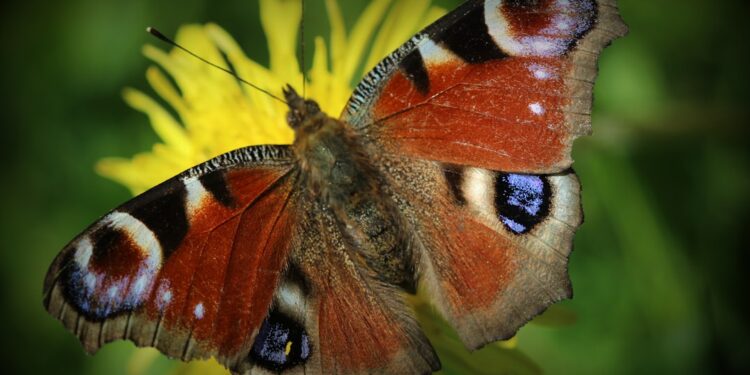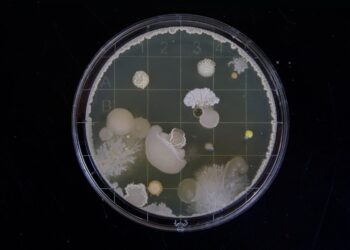What defines an invasive species?
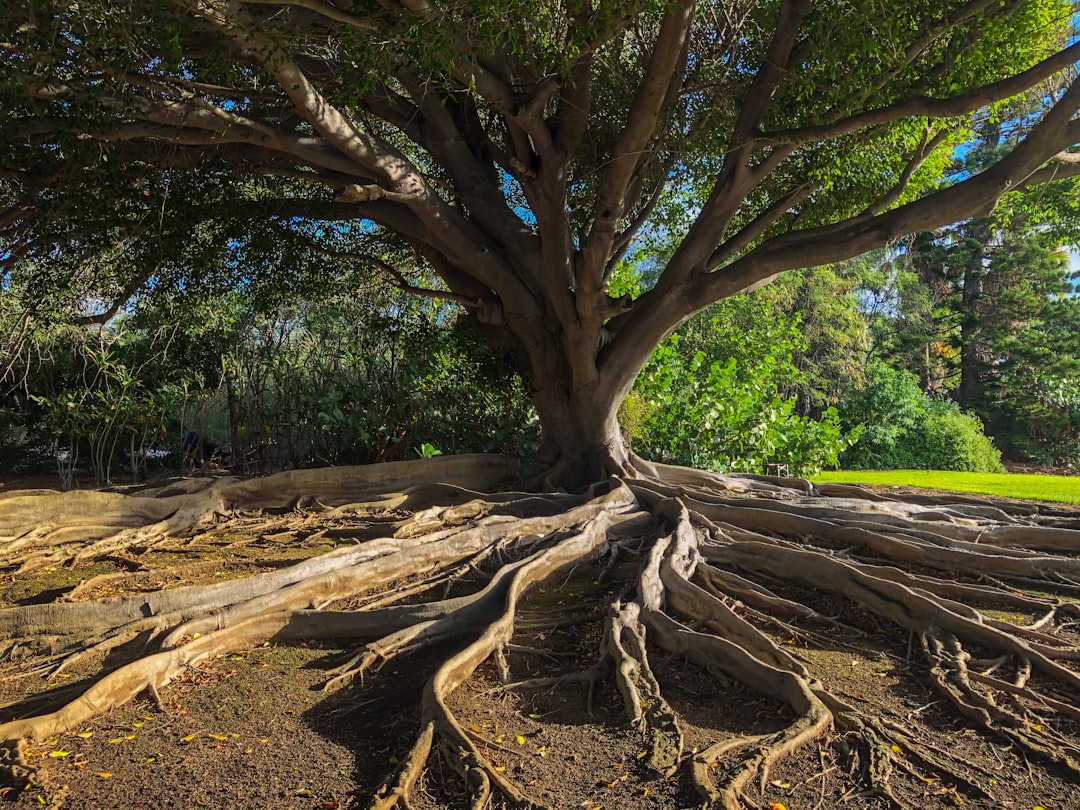
Species harmful to the environment
Species native to a local area
Species beneficial to agriculture
Species introduced by natural migration
How do invasive species typically spread?
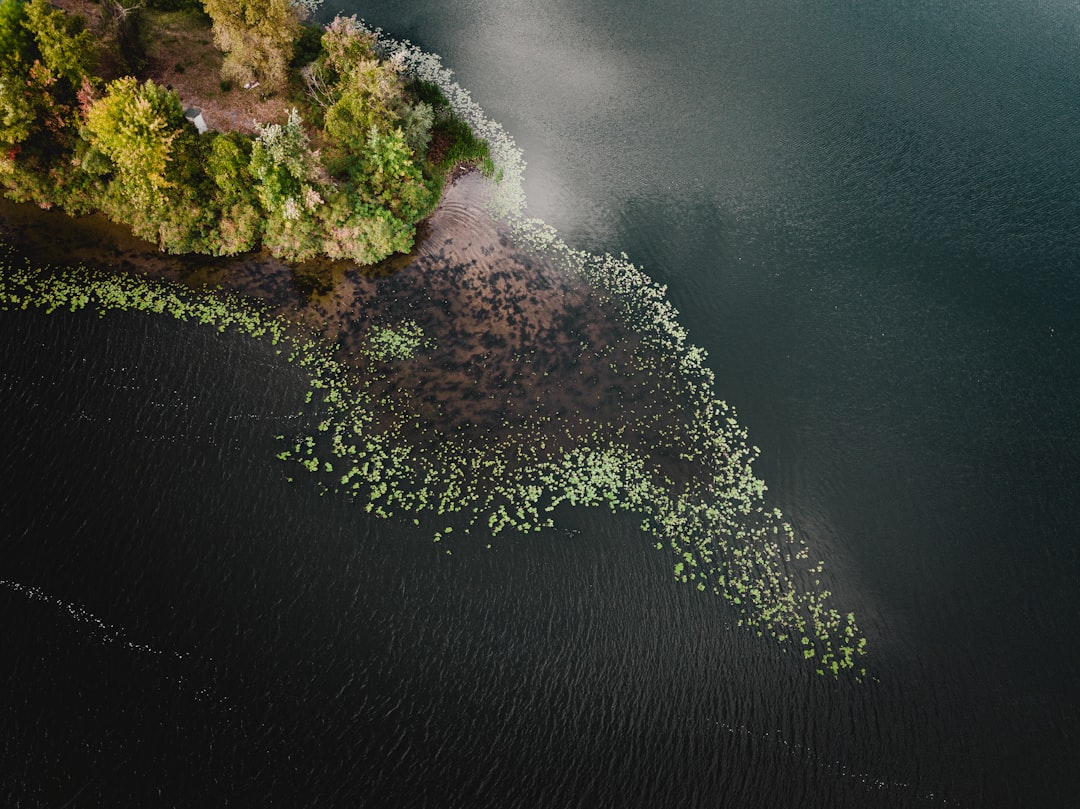
Only through natural processes
Intentional human activity
Solely by air travel
Only in aquatic environments
What impact do invasive species generally have on native wildlife?
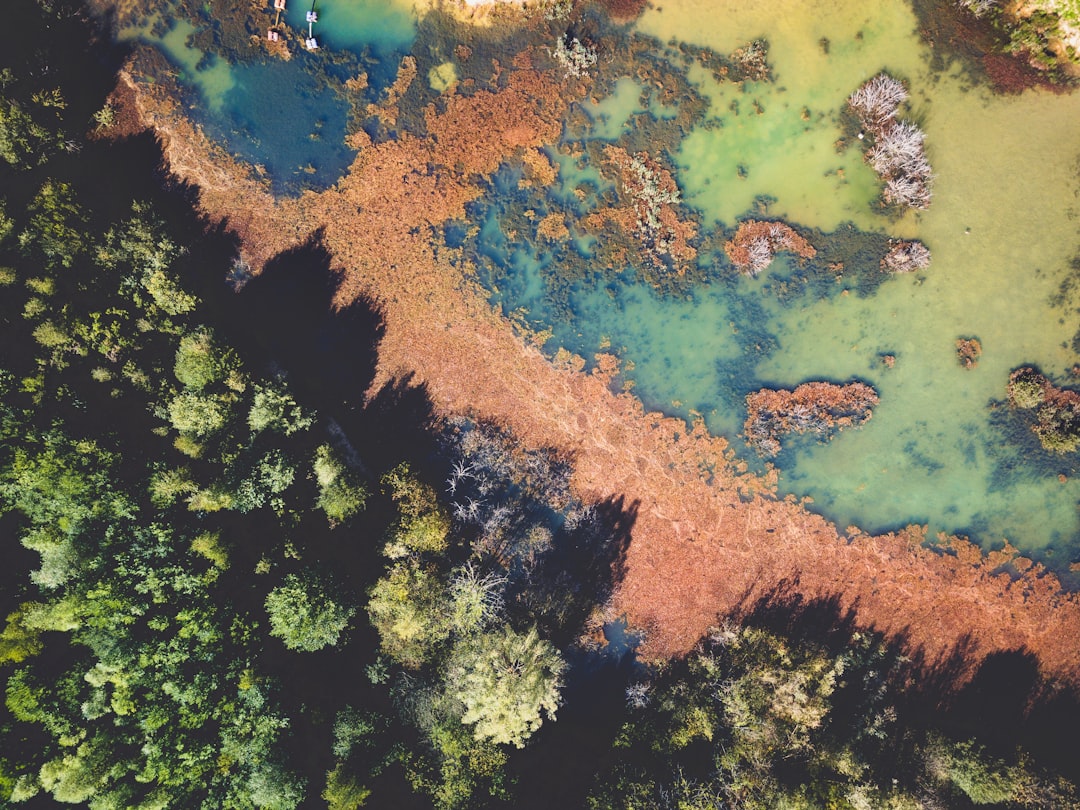
Increase biodiversity
Reduce food resources
Enhance habitat stability
Promote species interbreeding
Which species is known for being invasive in the United States?
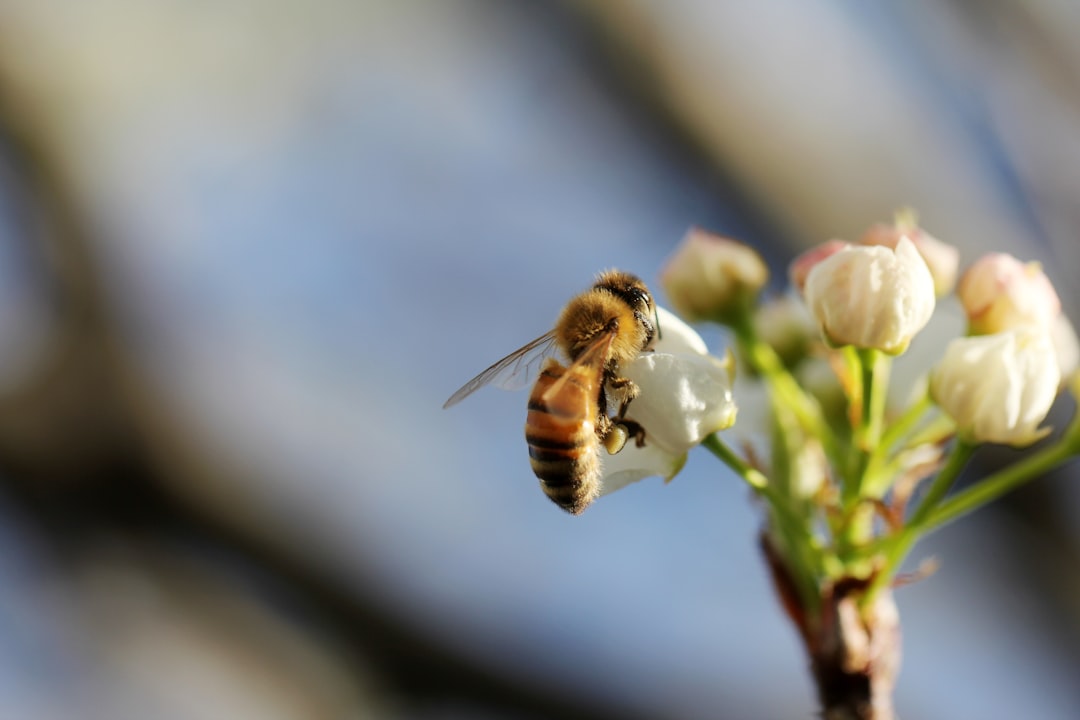
European Starling
American Bison
African Elephant
Australian Kangaroo
What is a common method to control invasive species?

International trade bans
Predation or herbivory
Global warming
Increasing pesticide use
Why is controlling invasive species often challenging?
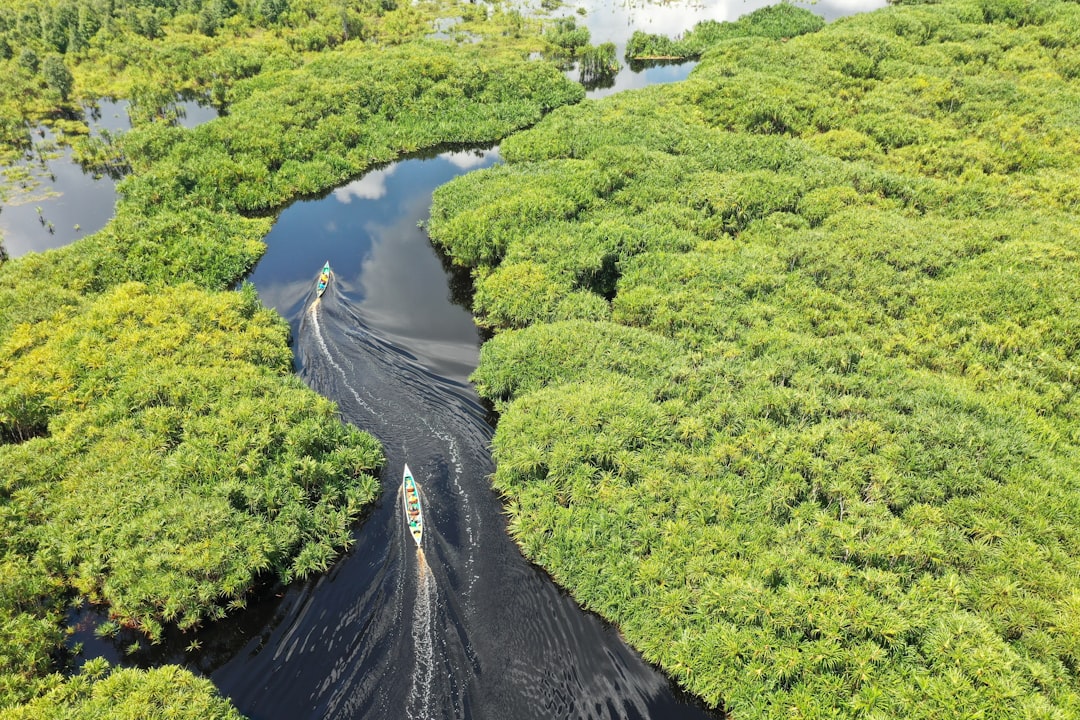
They reproduce slowly
Lack of public interest
They adapt quickly
They are small in number
Which of the following is an aquatic invasive species?
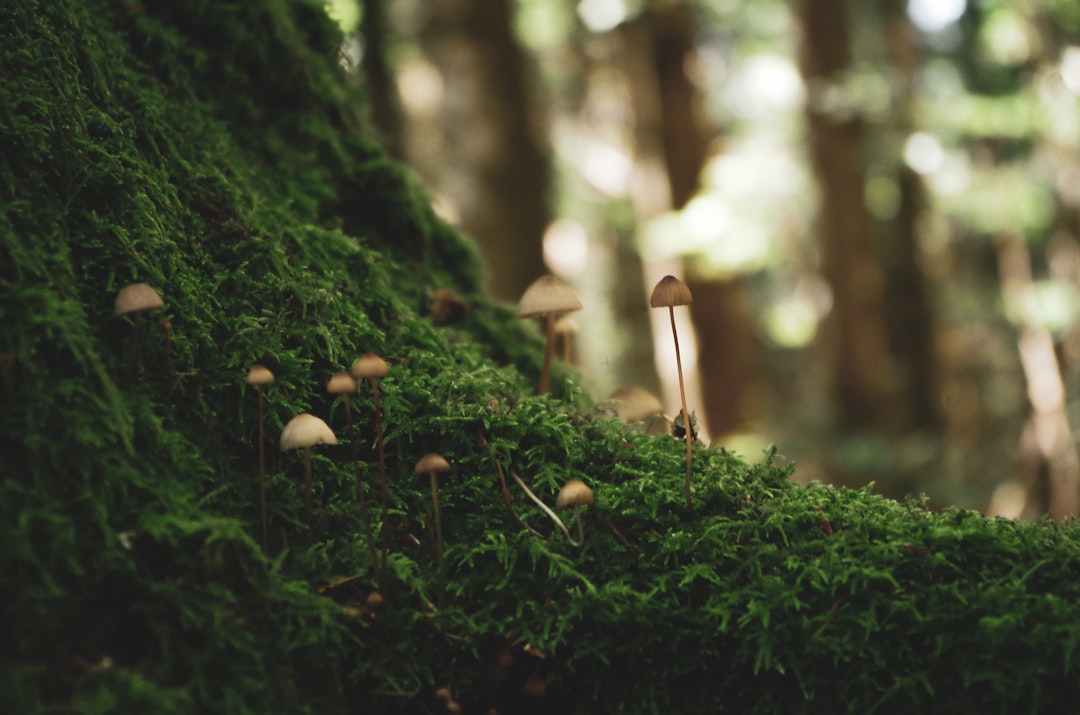
Grey Wolf
Zebra Mussel
Bald Eagle
Red Fox
What effect can invasive plants have on fire regimes?
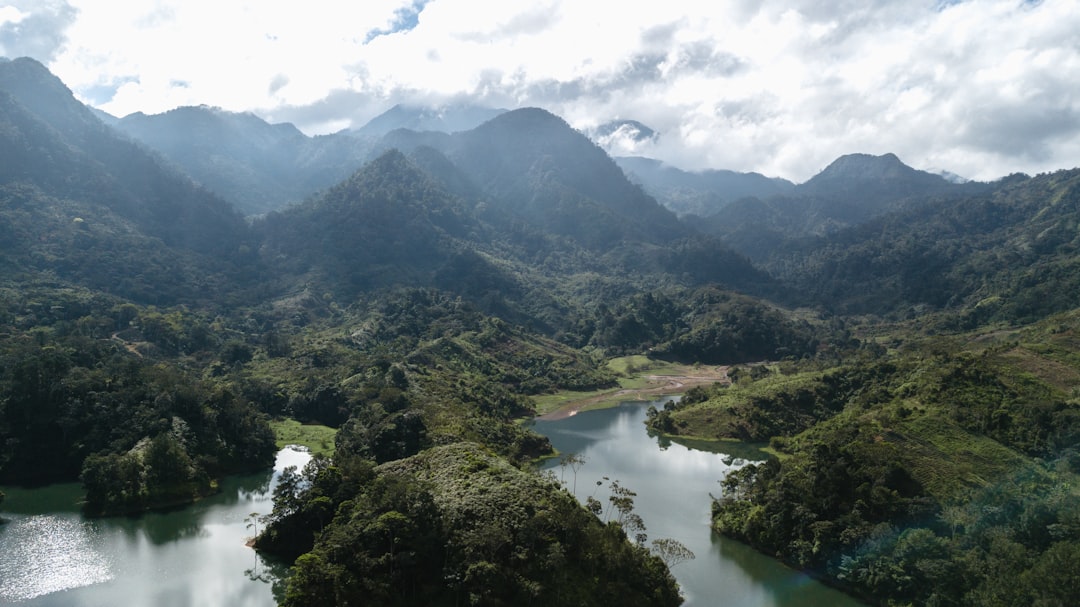
Decrease fire frequency
Increase fire severity
Prevent fires
Extinguish small fires
How does the introduction of invasive species often begin?
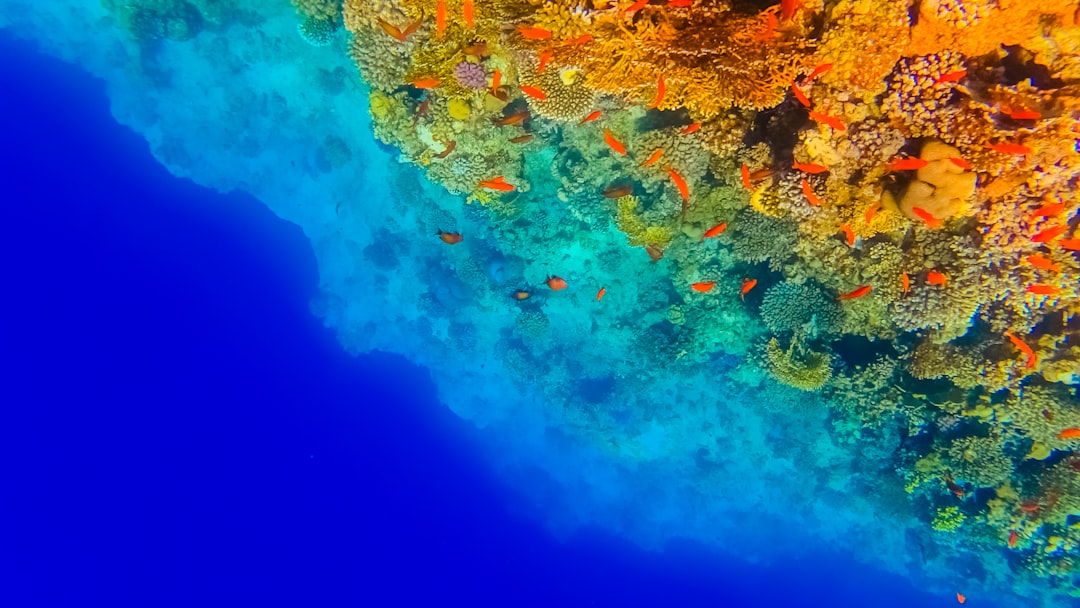
Deliberate introduction by governments
Accidental release from zoos
Through natural disasters
Through ballast water of ships
What role do pets sometimes play in spreading invasive species?

They prey on invasive species
They become invasive when released
They are immune to invasive species
They detect invasive species
What can limit the spread of invasive species?
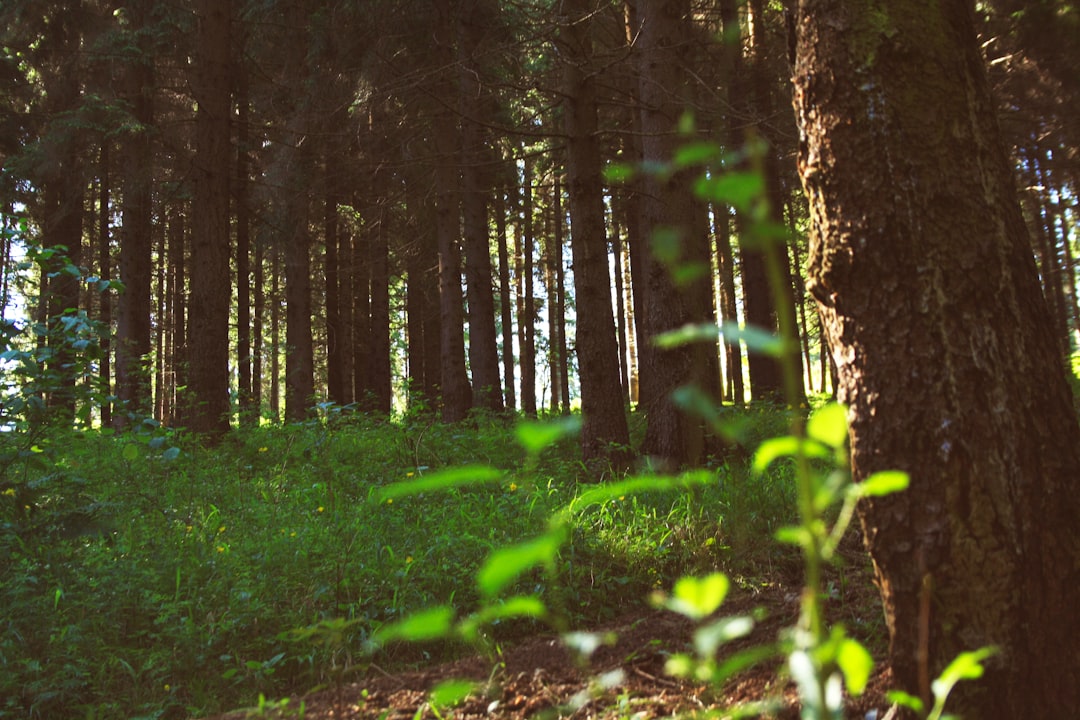
Regular monitoring
Ignoring the issue
Decreasing biodiversity
Reducing pesticide use
Which factor increases the invasiveness of a species?
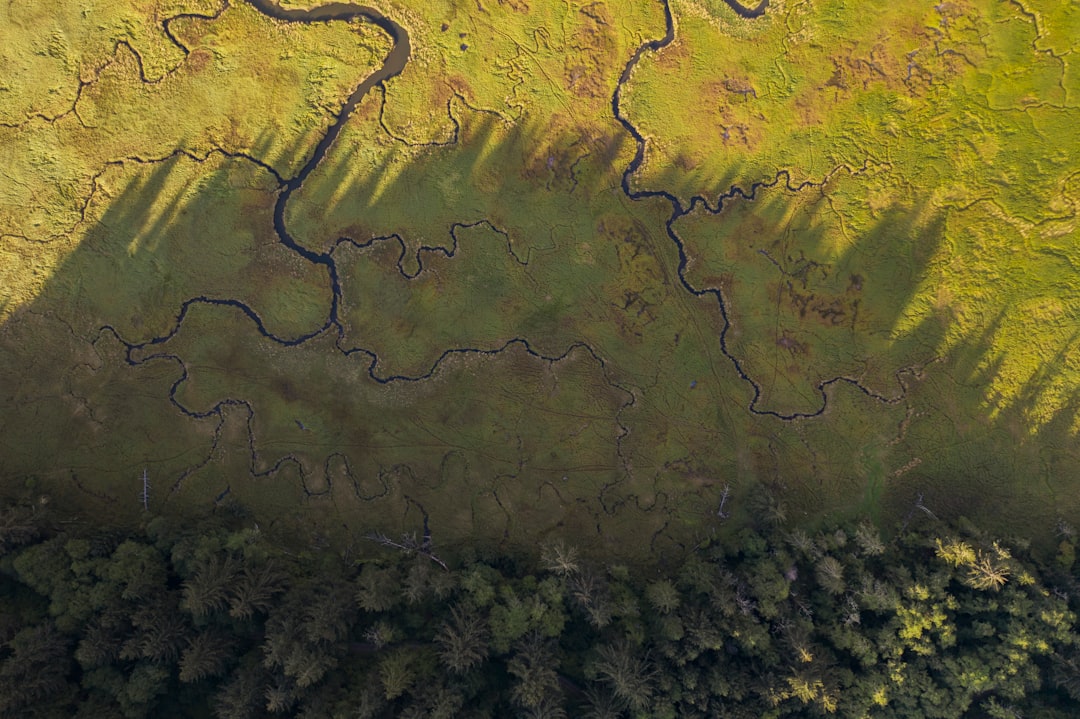
Low reproduction rate
Limited diet
High adaptability
Rare mutations
What is a direct impact of invasive predators?
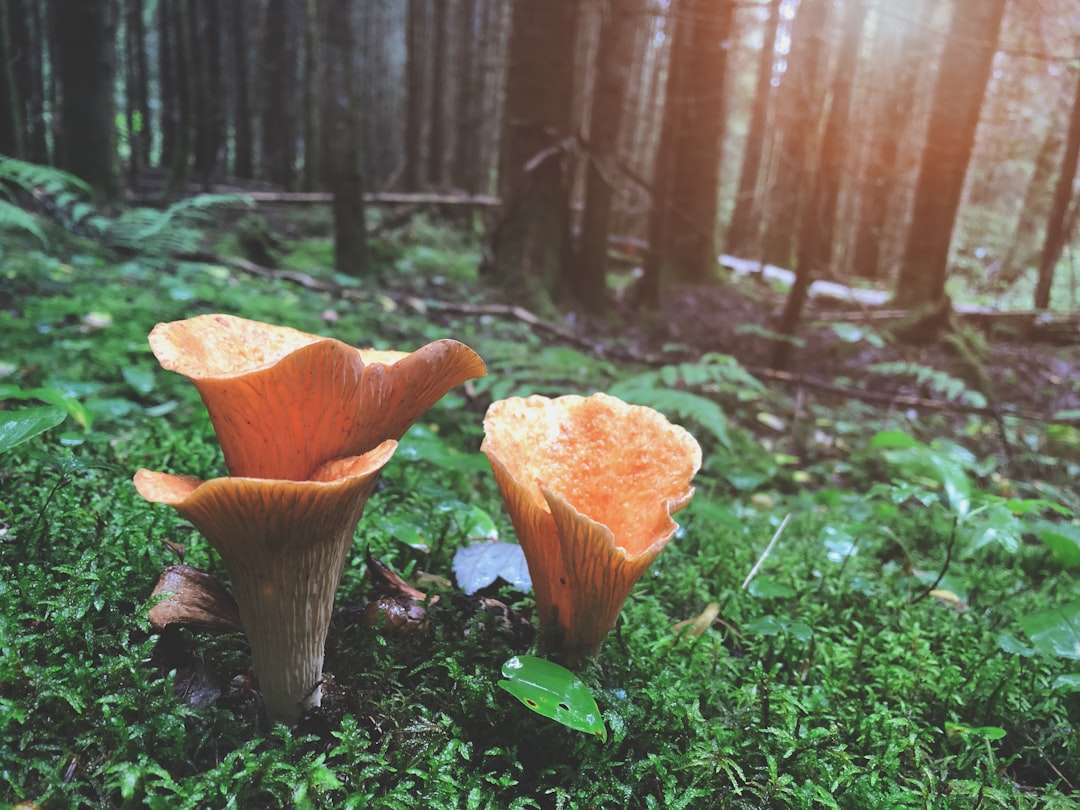
Increased plant diversity
Decreased native predators
Enhanced soil quality
Improved water clarity
Which habitat is most vulnerable to invasive species?
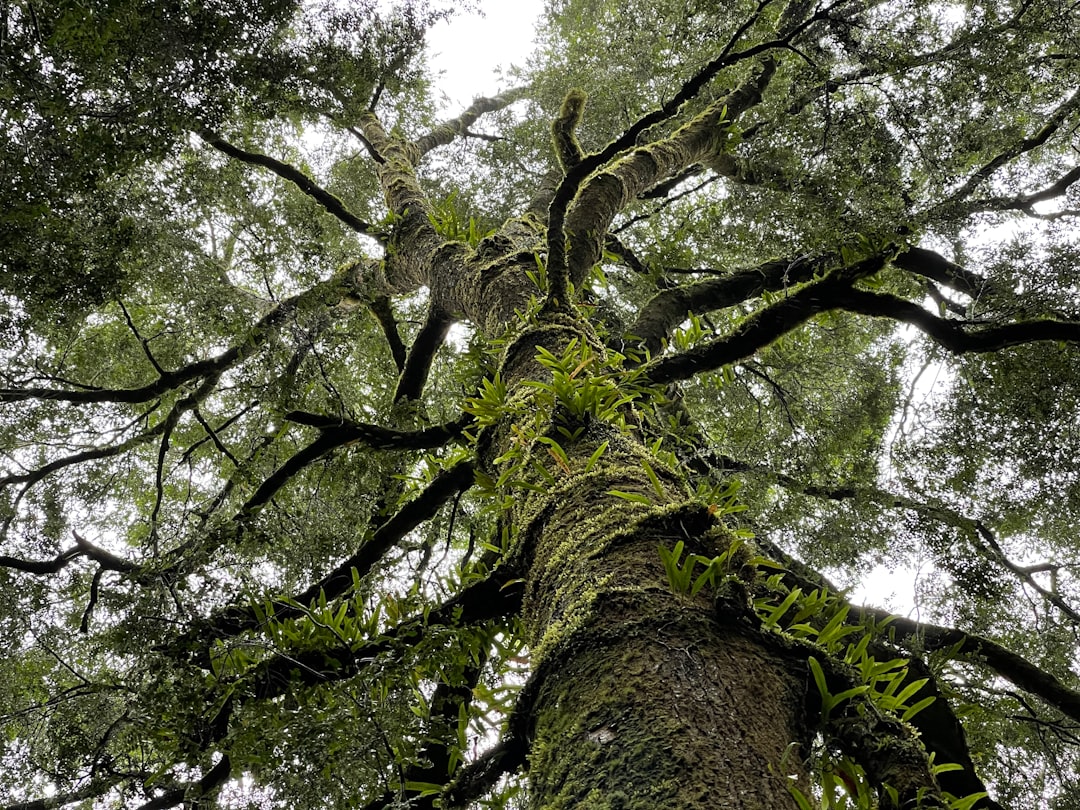
Urban areas
Temperate forests
Tropical islands
Grasslands
How do invasive species affect water bodies?
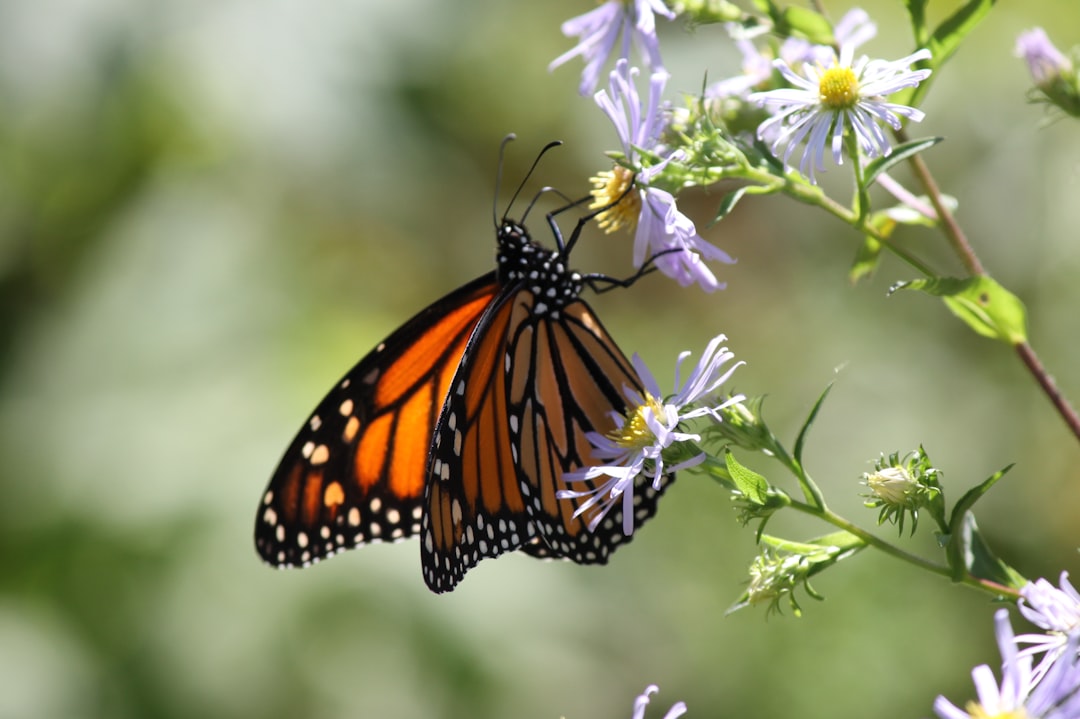
Improve water quality
Reduce oxygen levels
Increase clarity
Enhance fish populations
What legislative action helps control invasive species?

Tax breaks for farming
Bans on certain imports
Reduced regulations
Increased urban development
What common pathway introduces terrestrial invasive plants?
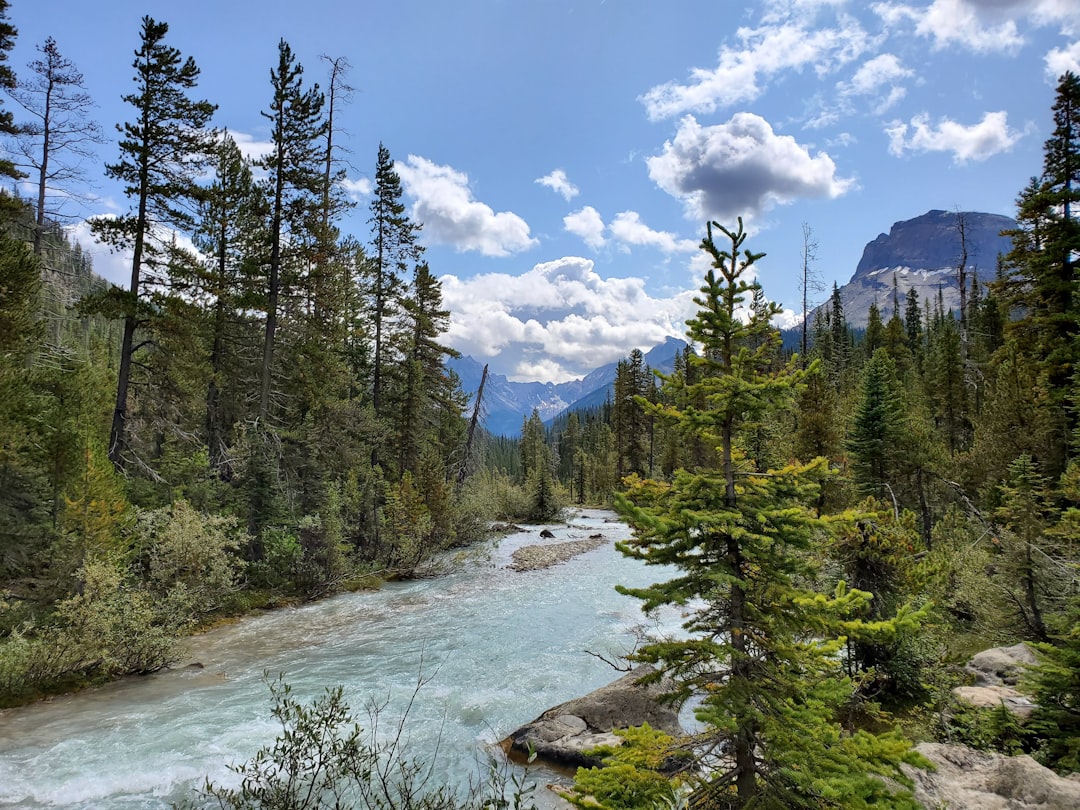
Contaminated soil
Polluted air
Ocean currents
Bird migration
What effect do invasive herbivores have on forests?
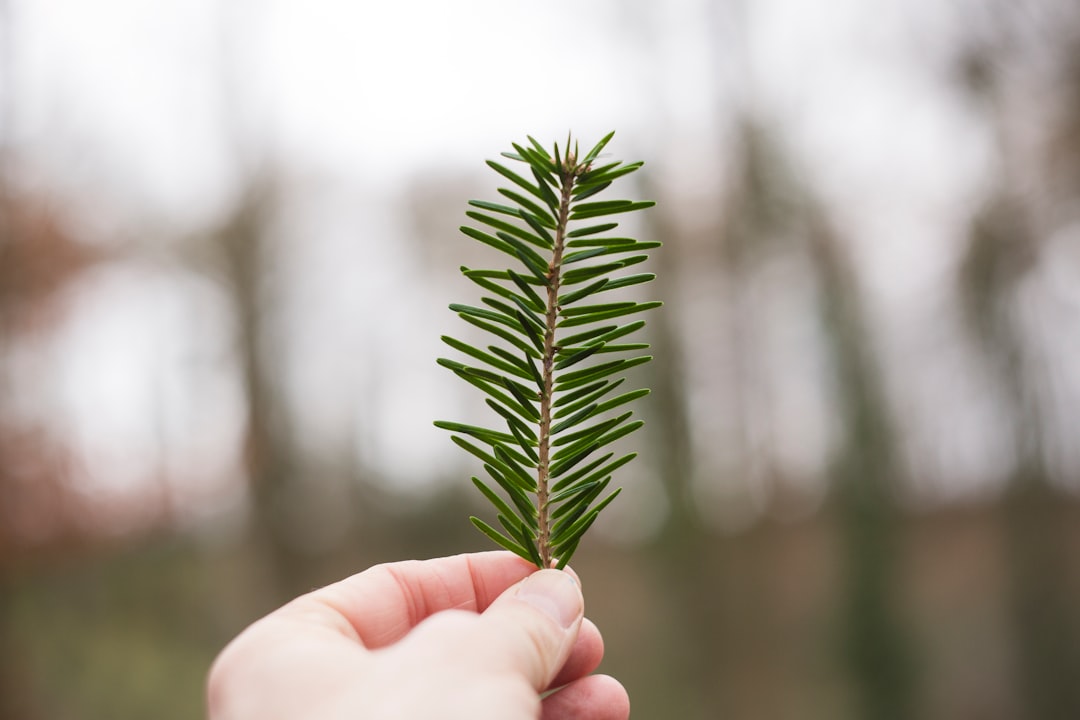
Decrease tree regeneration
Increase leaf litter
Promote native species
Enhance forest canopy
What strategy is used to manage invasive fish?

Introducing predators
Building dams
Water acidification
Restricting fishing
What economic impact do invasive species usually have?
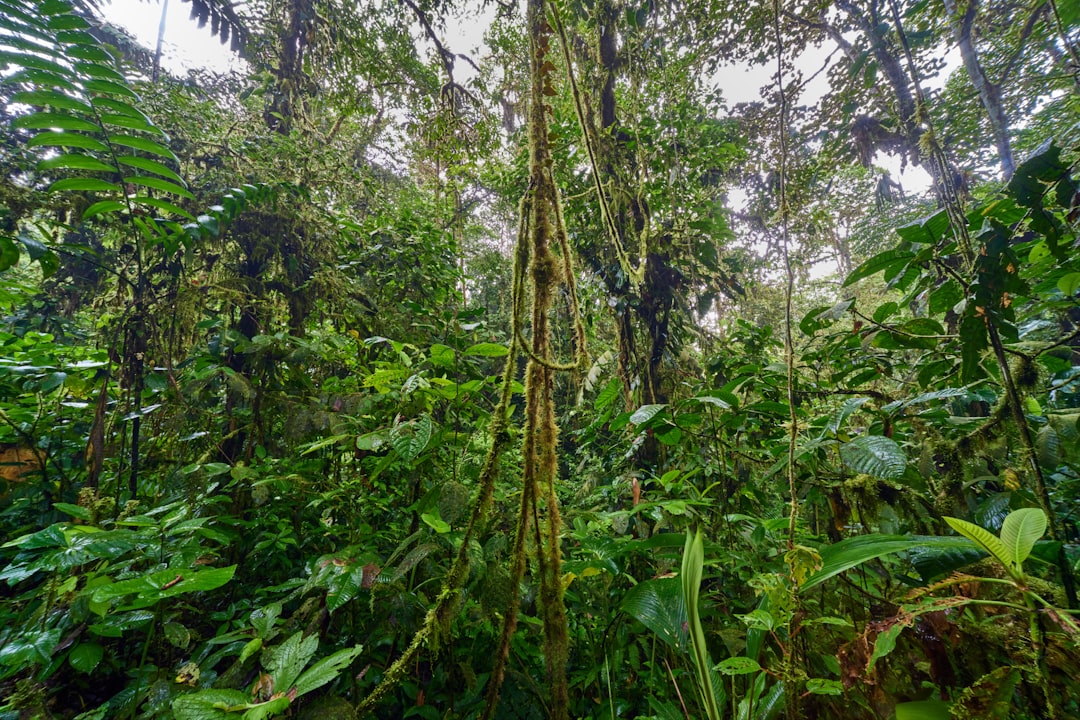
Increase tourism
Reduce crop yields
Boost local markets
Enhance property values
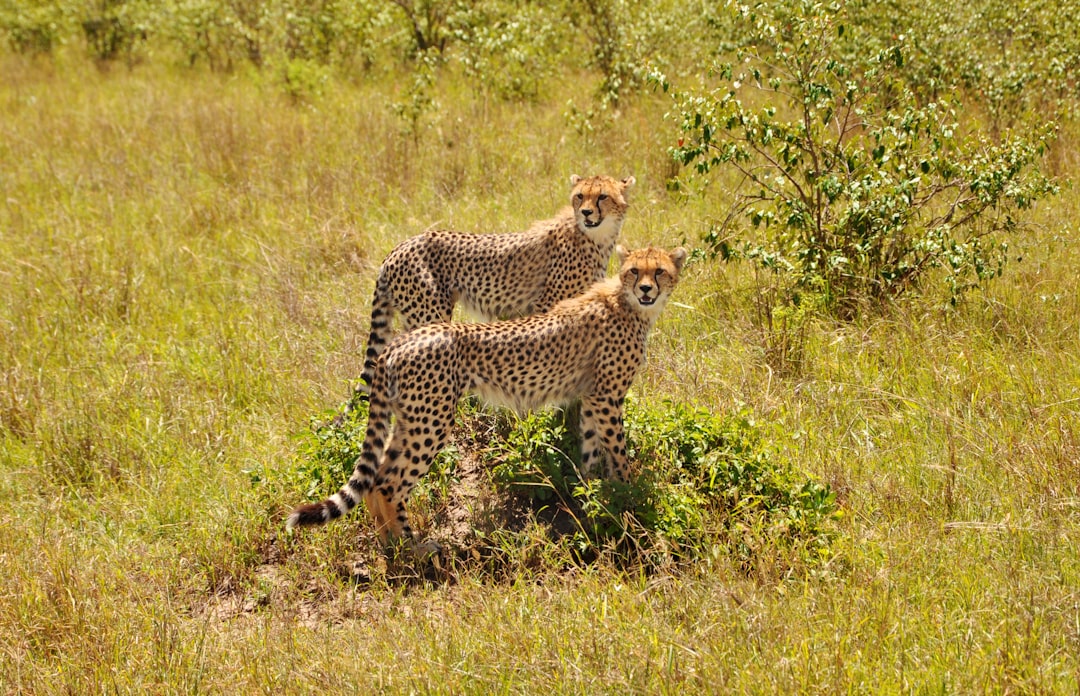
Eco-Newcomer?
You might be just sprouting in your invasive species knowledge!
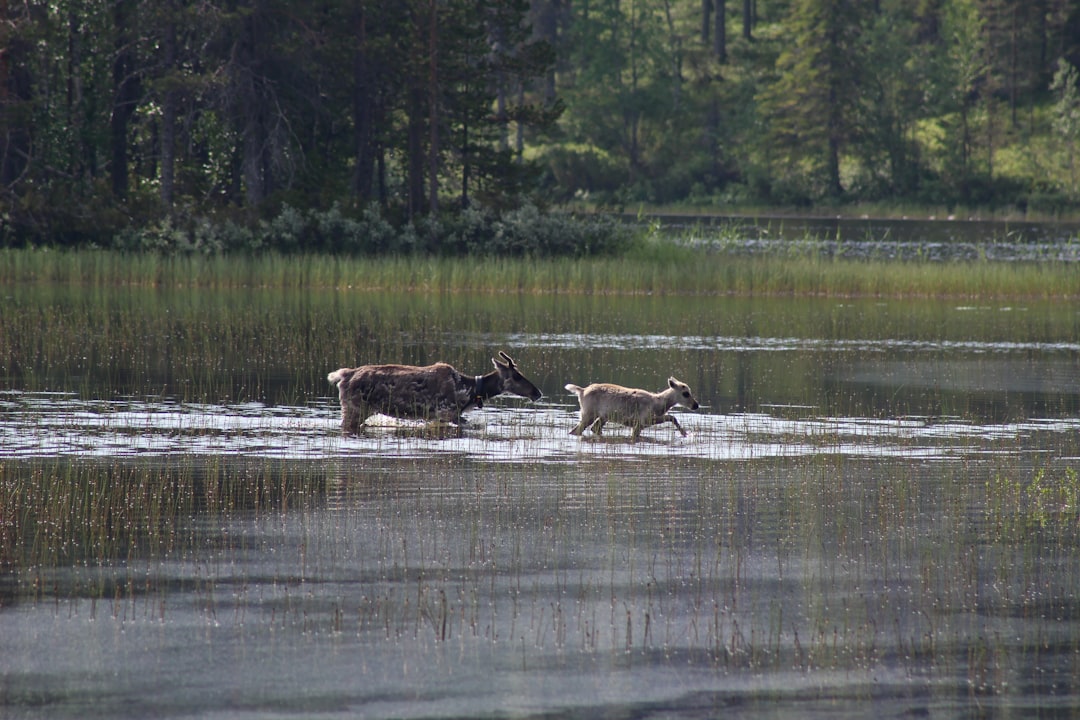
Habitat Helper
Good job! You’re on your way to becoming a conservation champ.

Ecosystem Expert
Incredible! You’re a natural at navigating the complexities of invasive species.

